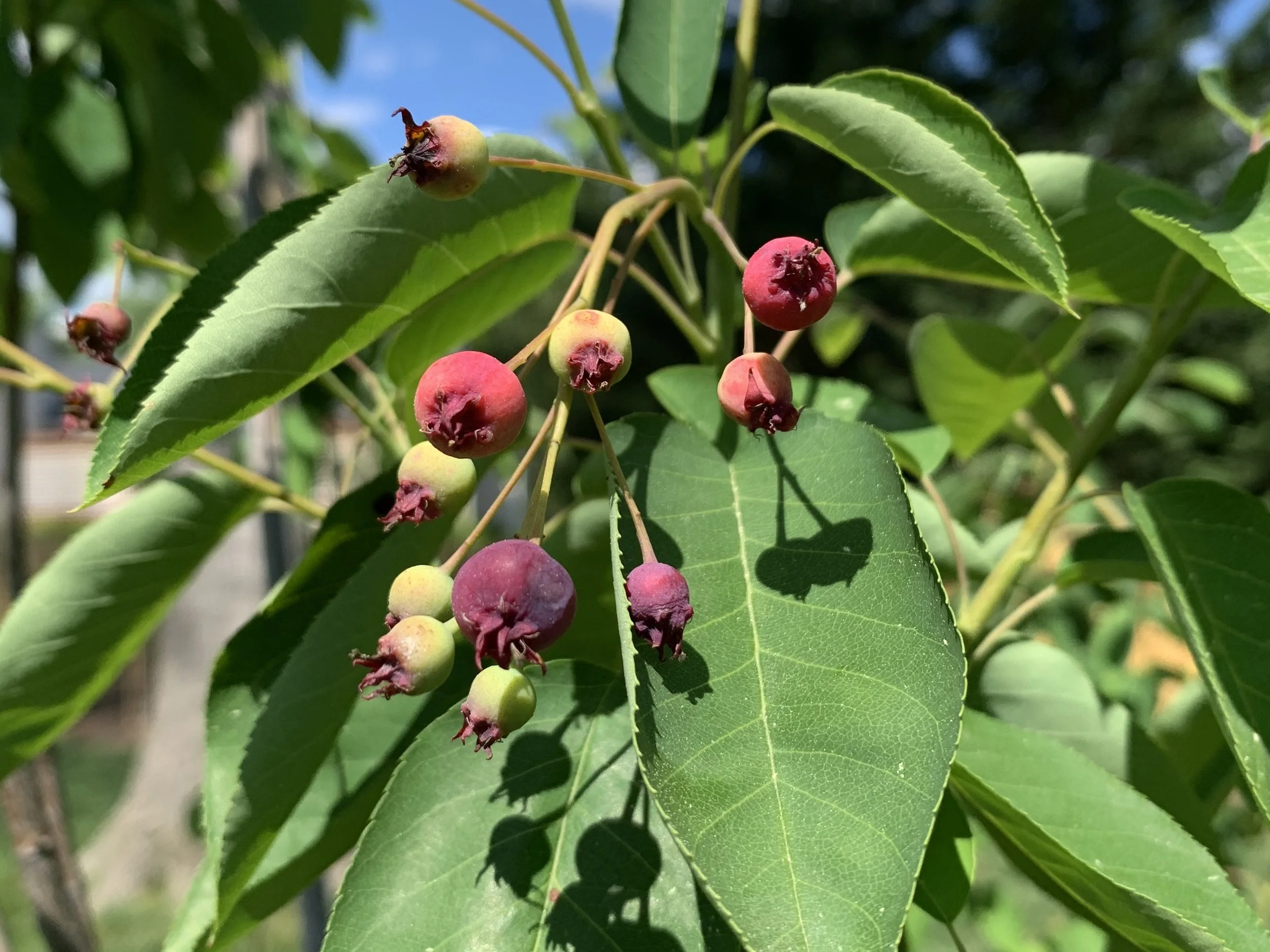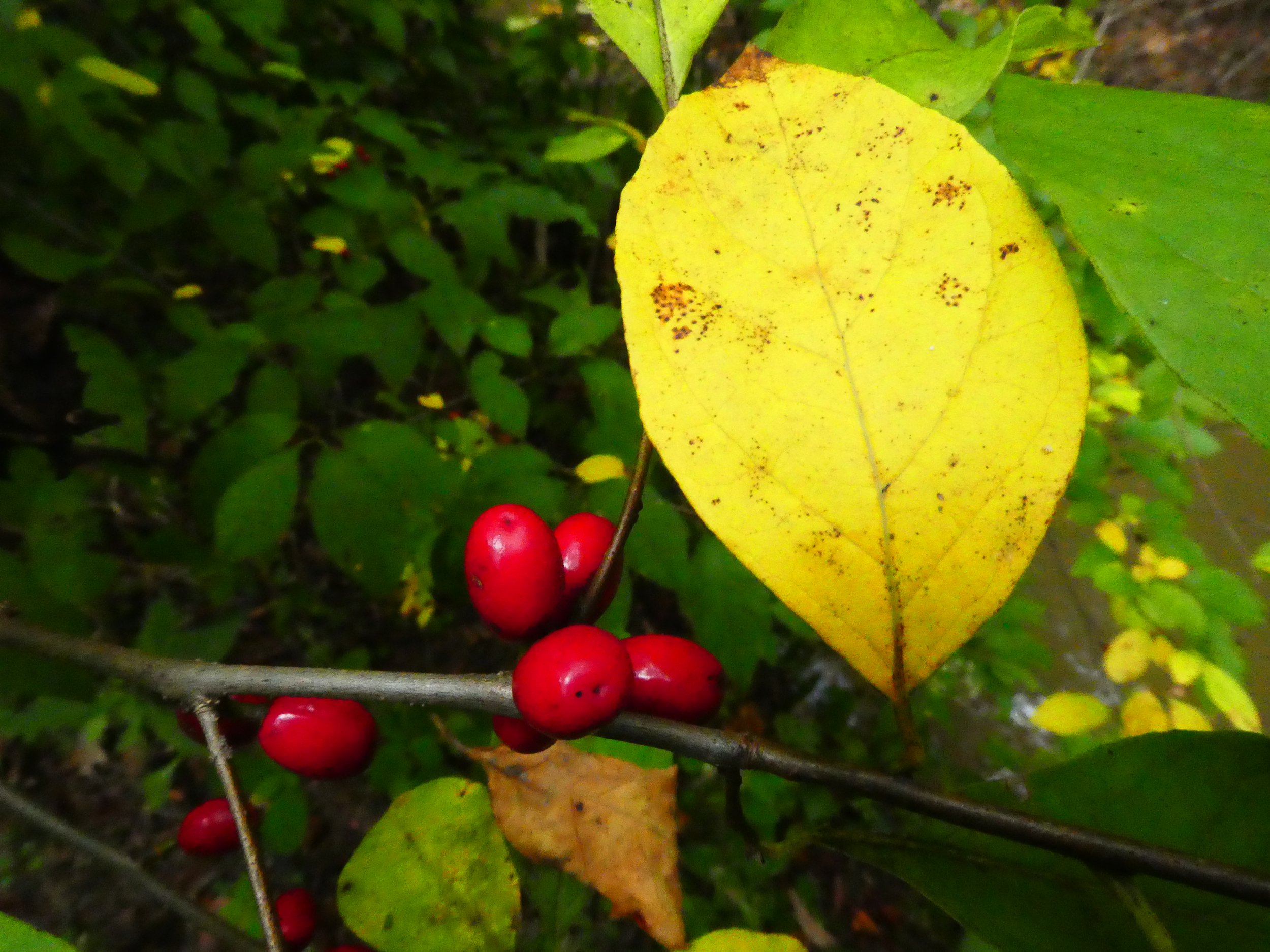Witch Hazel
(Hamamelis virginiana)
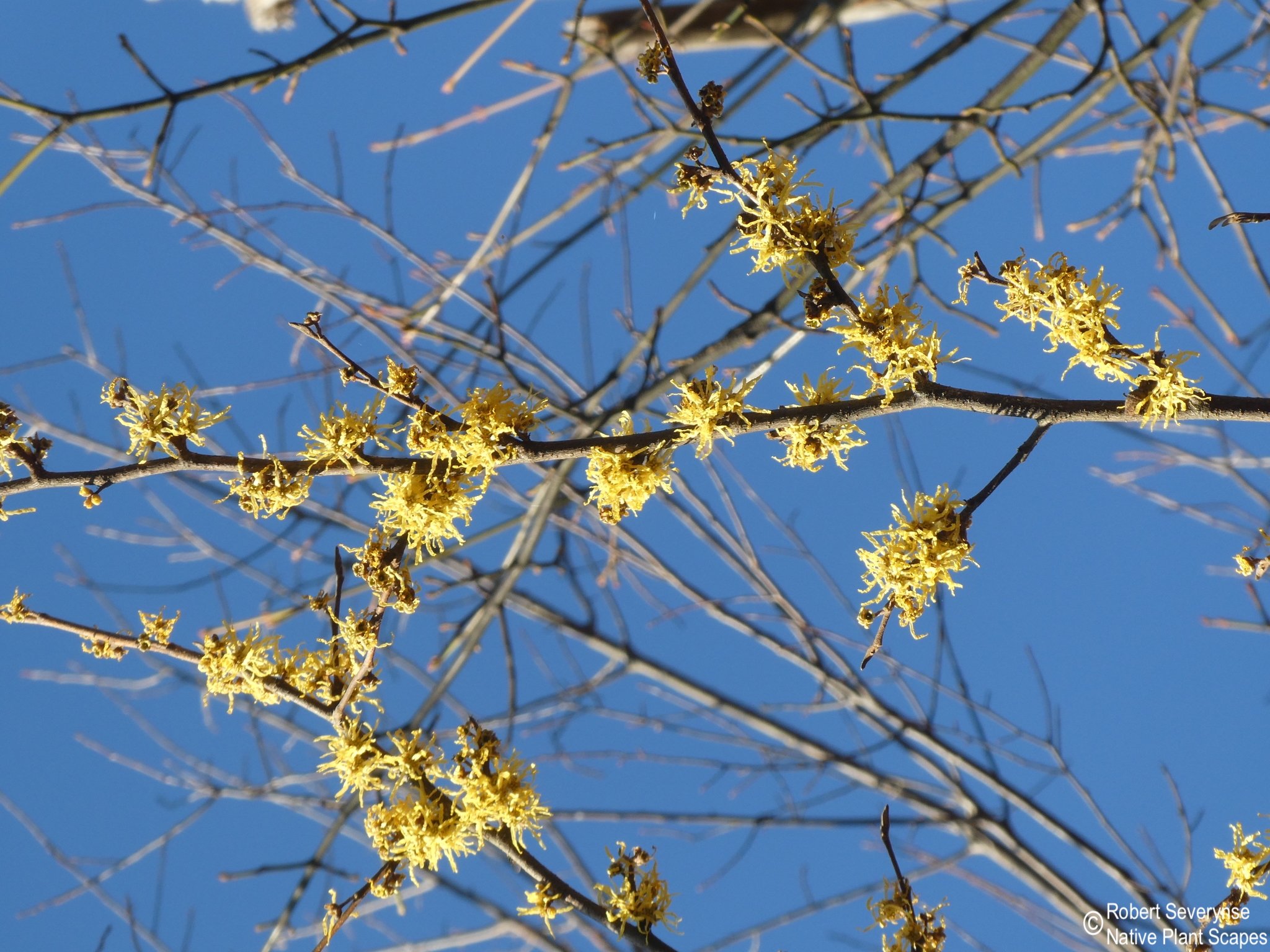
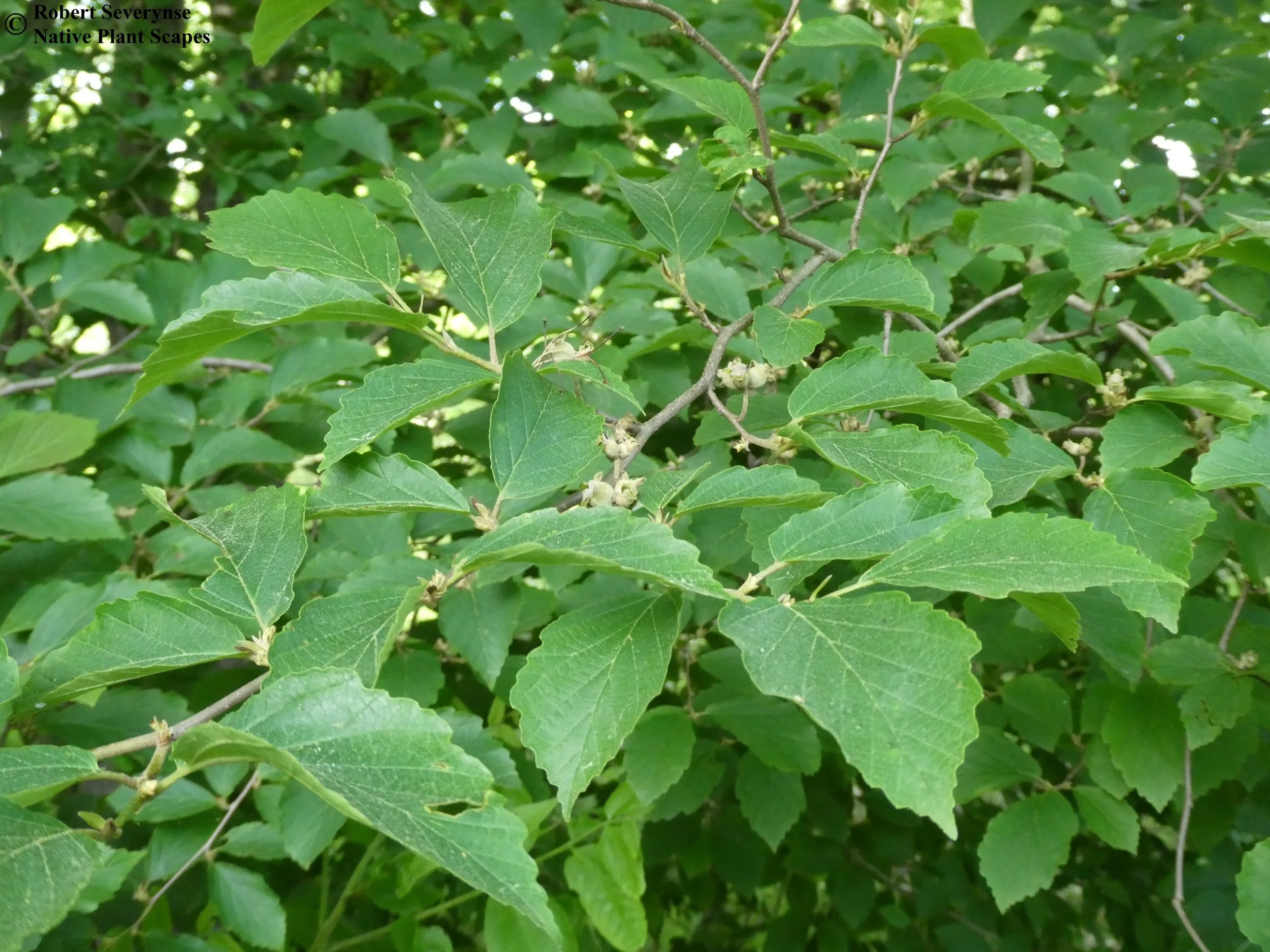
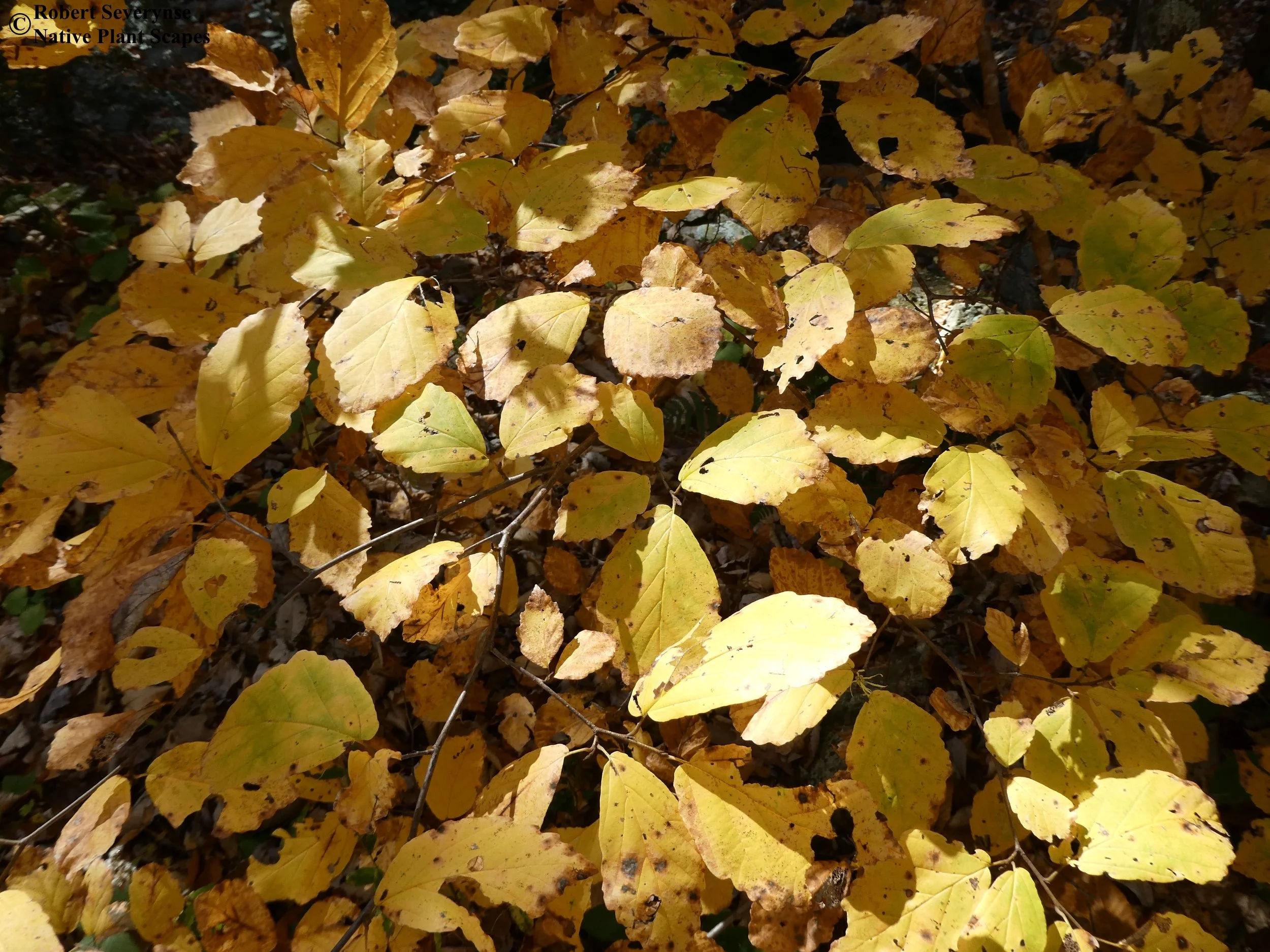
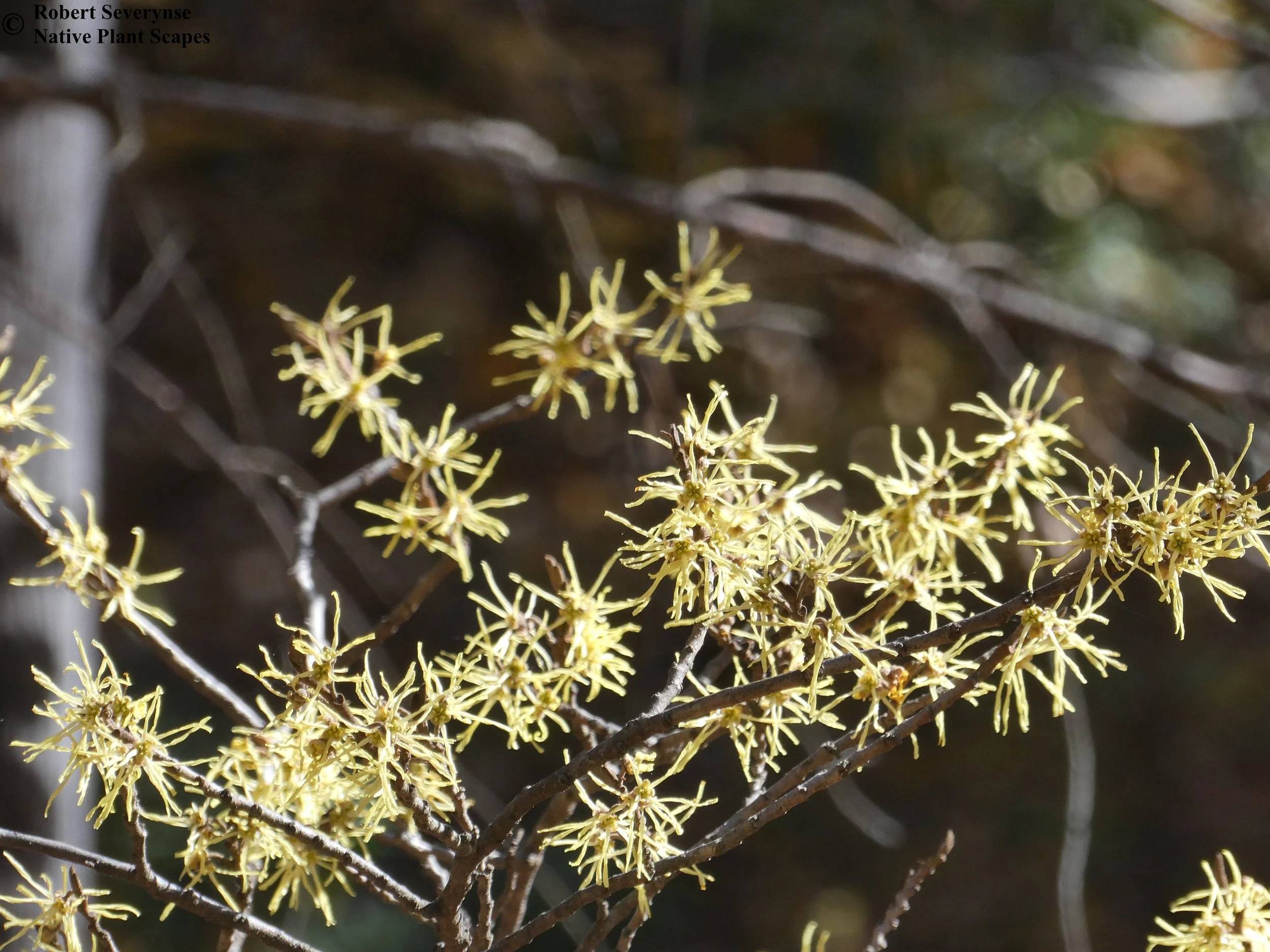
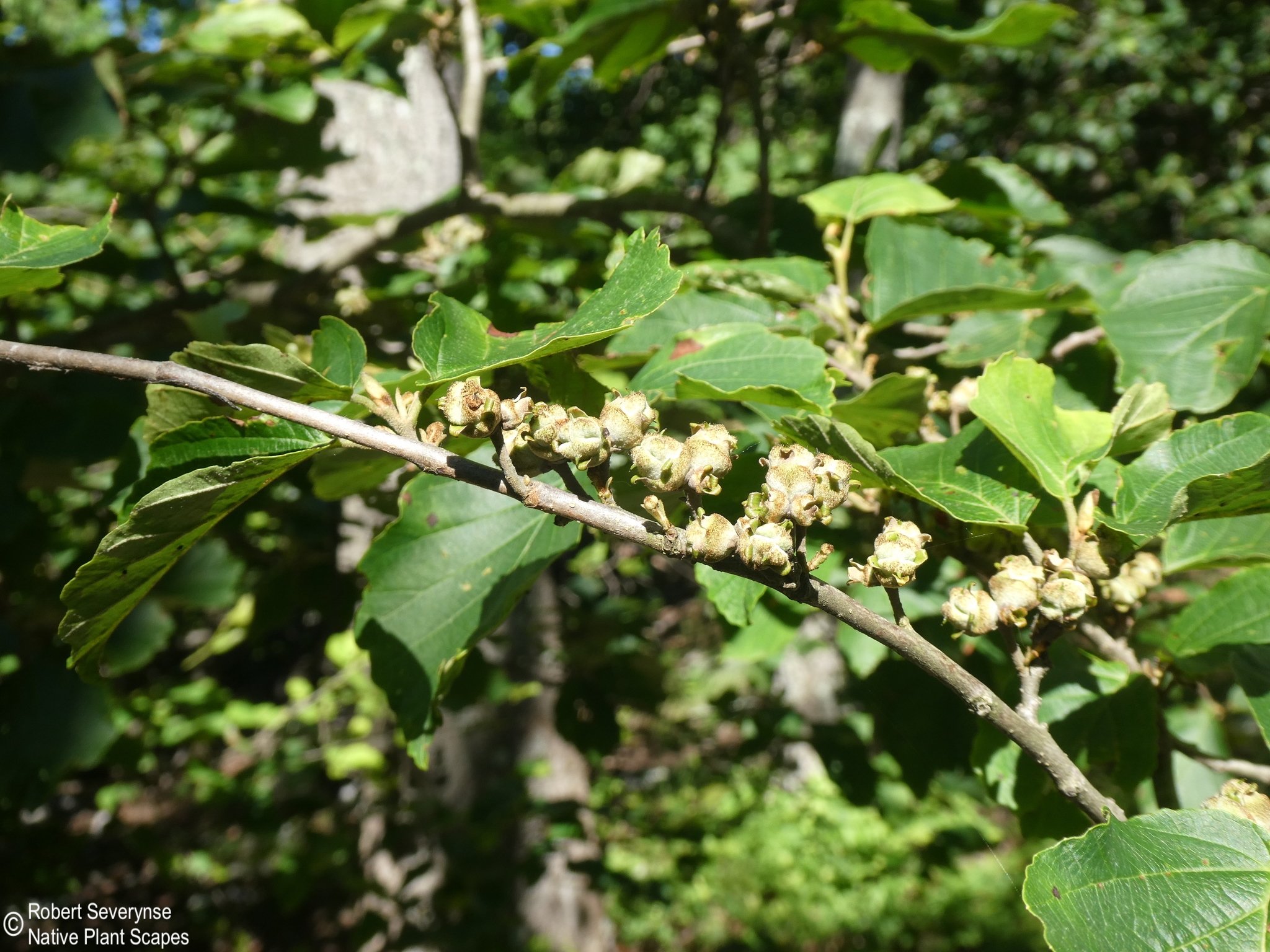
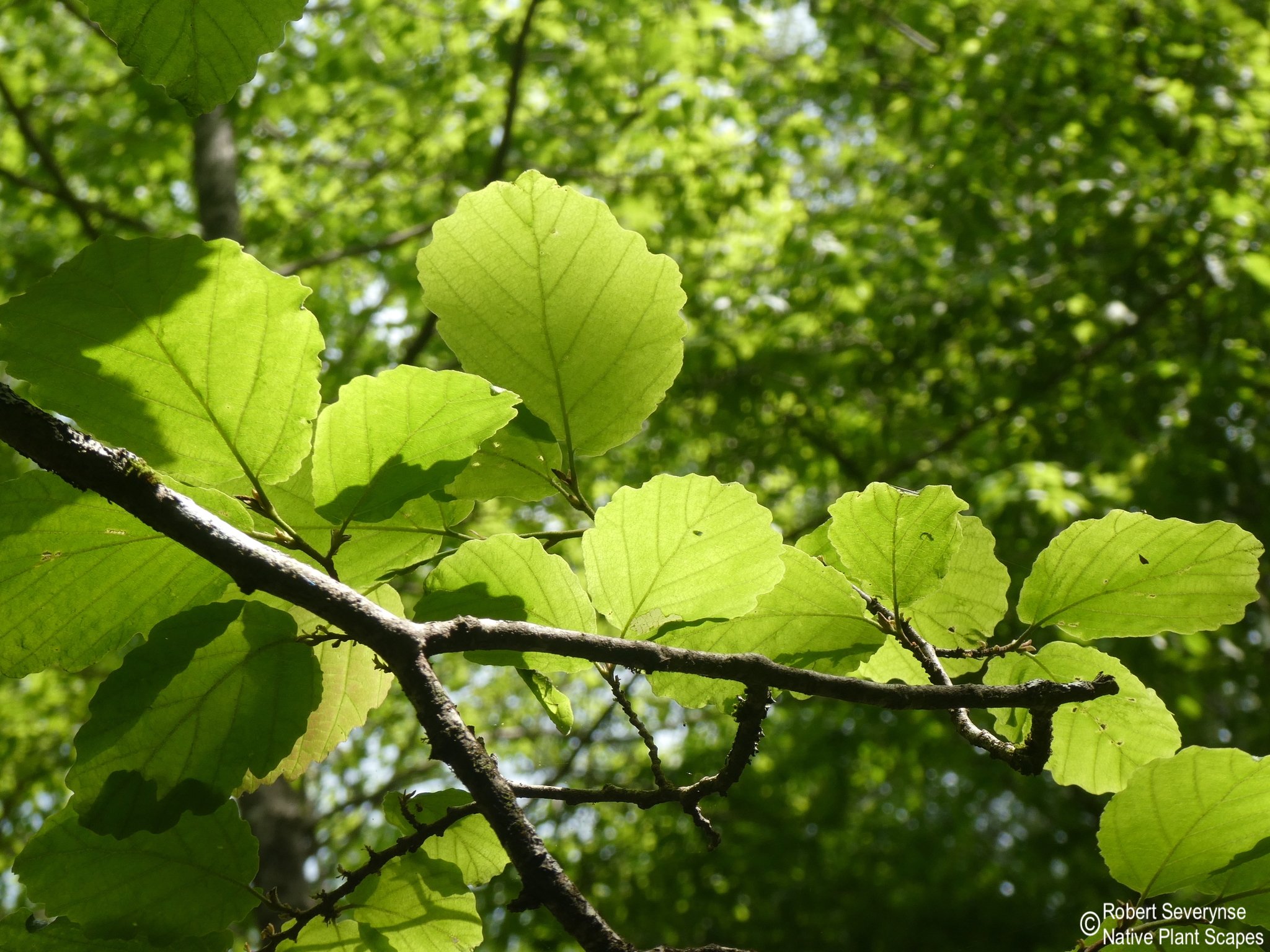
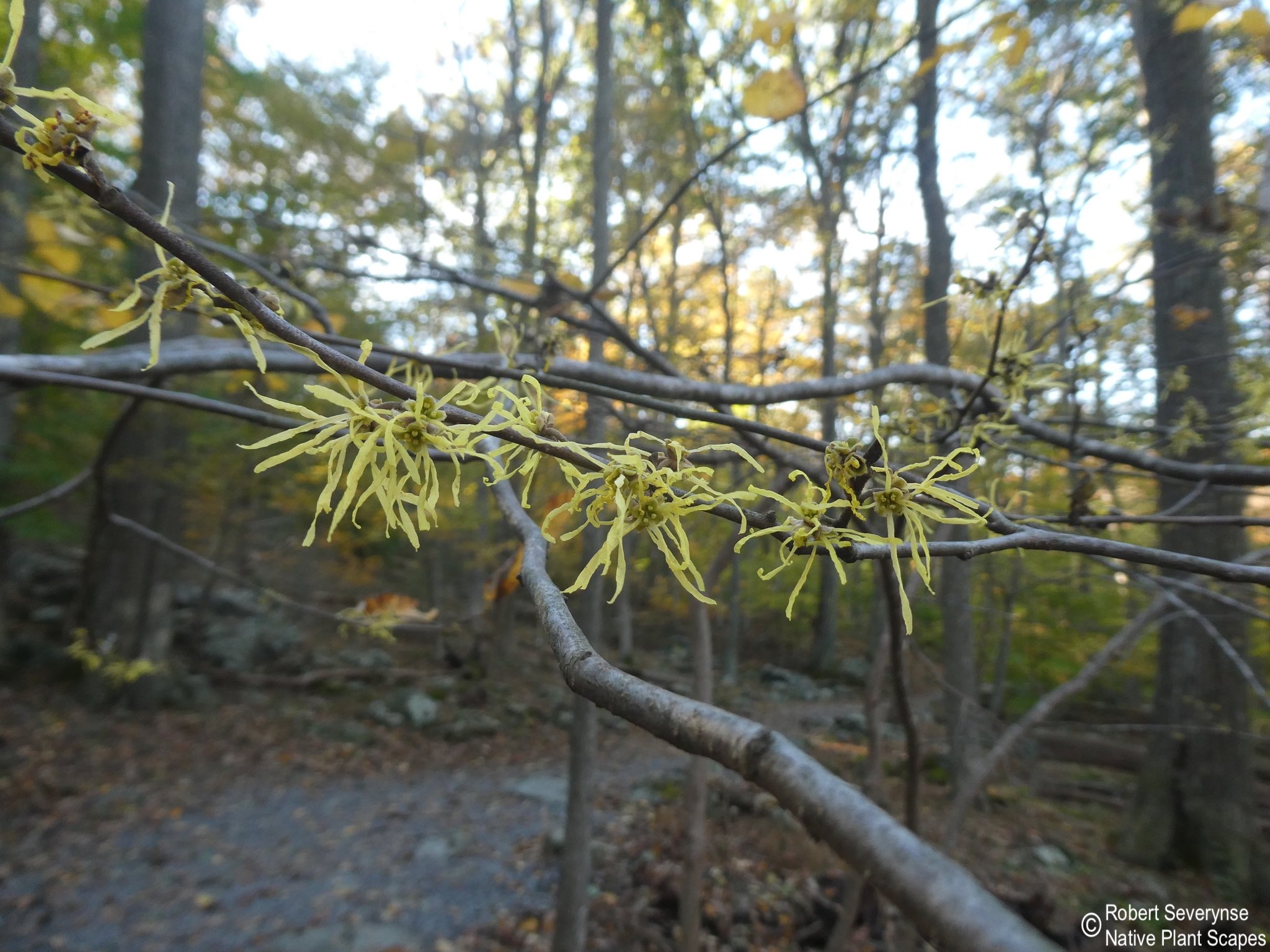
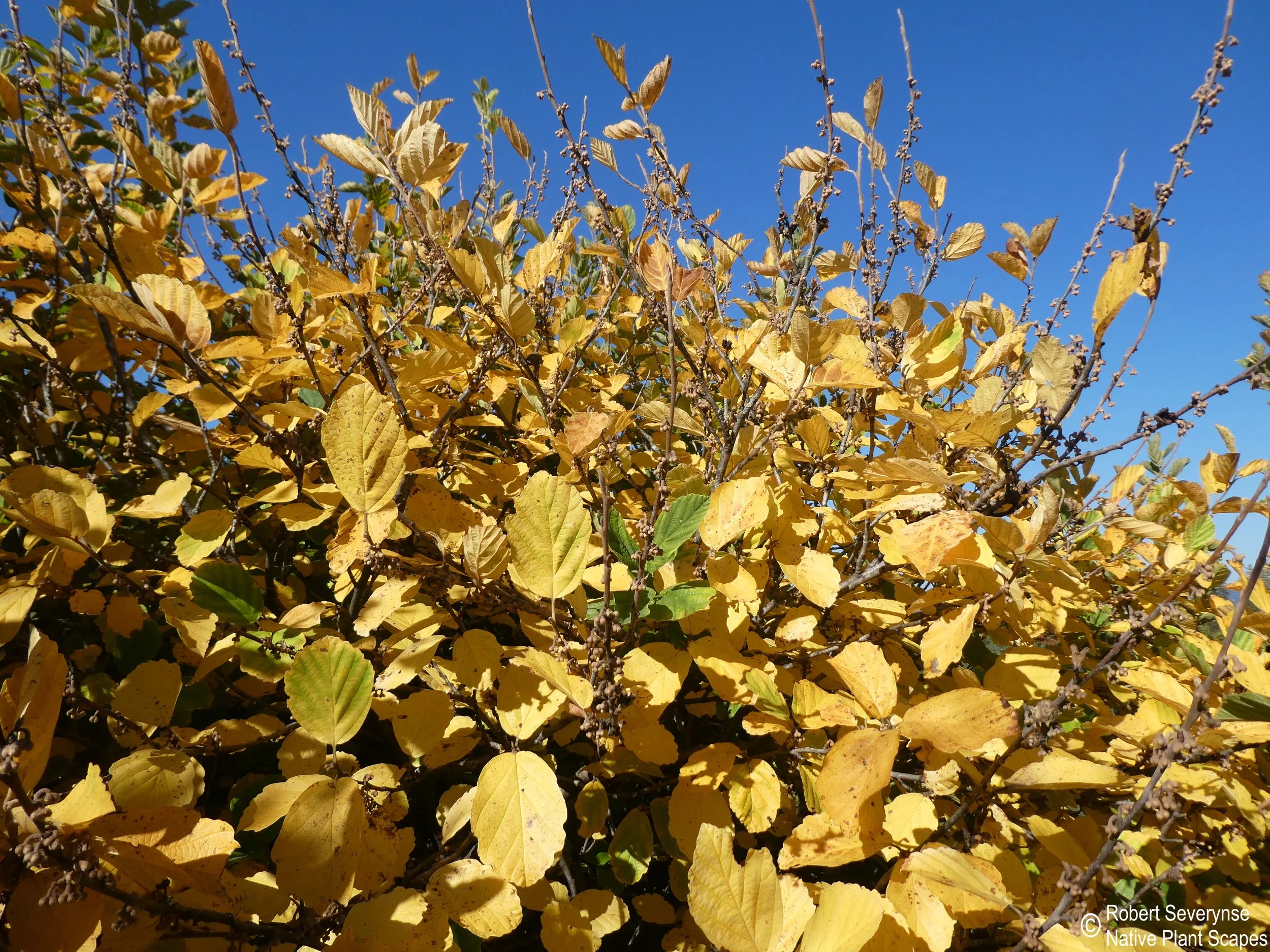
Other Information
Physical Characteristics
Type: Shrub
Height: 15 - 25 ft
Spread: 15 - 20 ft
Flower Color: Yellow
Flower Time: Fall (Oct - Nov)
Fruit Type: Woody Capsule
Fruit Color: Brown / Green
Autumn Color: Yellow / Gold
Sun Conditions: Full Sun / Part Shade
Shade Tolerance: High
Moisture Preference: Medium
Deer Resistance*: Medium
Dog Safe**: Insufficient Info
Conservation Status (MD): SNR - Unranked
Other Names:
*Deer resistance can vary based on many factors
**Always consult with a veterinarian about plants toxic to dogs and other animals
Wildlife Benefits:
Witch Hazel is a larval host that supports 63 species of moths and butterflies. It is also a late season pollen and nectar source for pollinators. Fruits are eaten by birds (song and game) as well as small mammals. Shrubs provide cover and nesting habitat for birds.

